Right now, Hungary is experiencing a very steep rise in coronavirus infections, and the death toll is climbing daily, as the government, health officials and the media search for answers and more data on the deadly virus and its variants that have engulfed the whole world. Although Hungary has secured vaccine doses from China and Russia in addition to those provided by the European Union, nearly a third of its adults still have not received a single shot. As reported by the AP:
The government’s official coronavirus website reported 166 daily deaths, 6,884 new infections and 6,939 virus patients, on Friday
BUDAPEST, Hungary (AP) — As coronavirus infections and deaths soar in Hungary, the country’s journalists and public health professionals are demanding more detailed data on the outbreak from the government, with some experts saying that greater transparency might boost lagging vaccination rates.
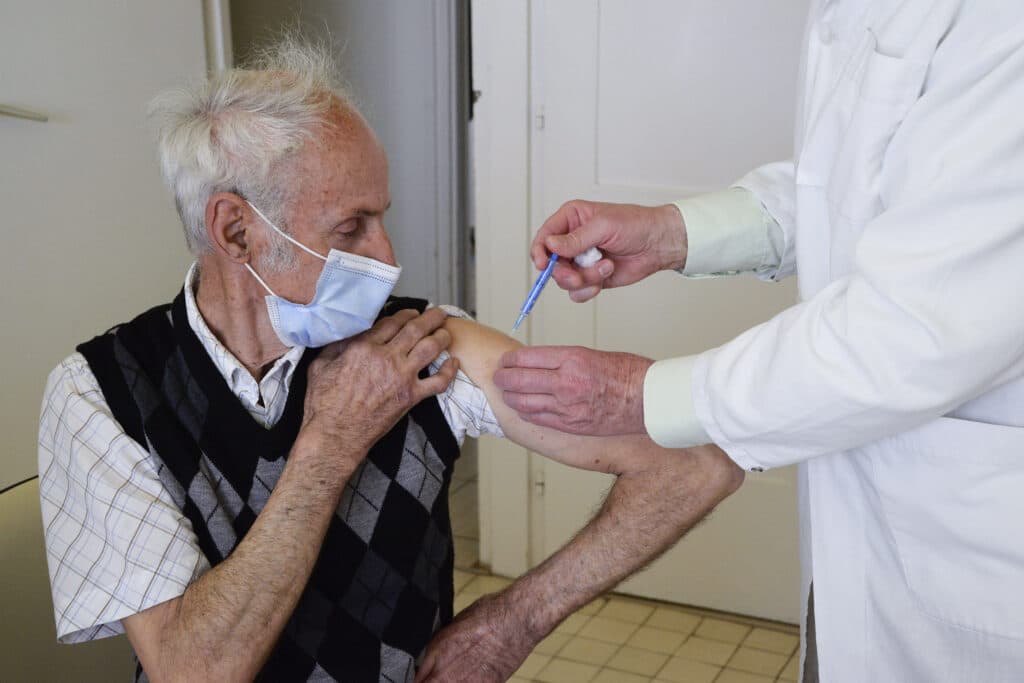
Information is often hard to find in the country of over 9 million people, where infection rates have broken records and daily deaths per capita are among the highest in the world.
Although Hungary has secured vaccine doses from China and Russia in addition to those provided by the European Union, nearly a third of its adults still have not received a single shot. That hesitancy is something immunologist Andras Falus said can be partly attributed to official communications about the pandemic being “extremely poor, inconsistent and totally incapable of maintaining trust.”
“A significant proportion of the population no longer believes when they receive real data or resign themselves to not paying attention to the data because they feel almost viscerally that it is inconsistent and unreliable,” said Falus, professor emeritus at Semmelweis University in Budapest.
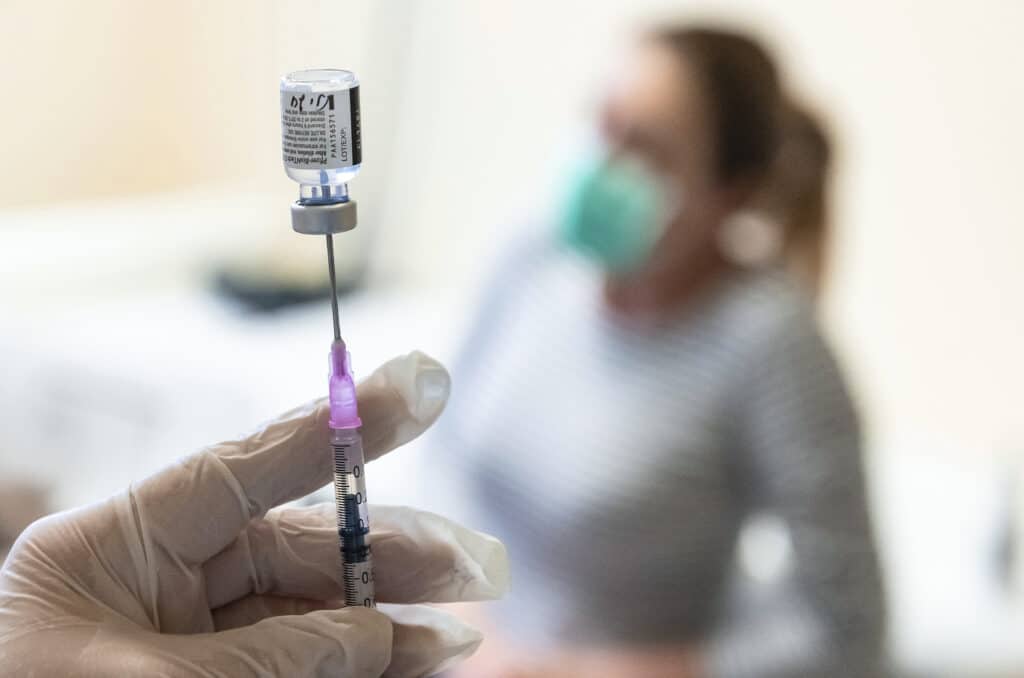
On Friday, the government’s official coronavirus website reported 166 daily deaths, 6,884 new infections and 6,939 virus patients being treated in hospitals, 573 of whom were on ventilators.
While governments in many countries like the U.S. and others in the EU publish detailed online dashboards showing pandemic trends through interactive maps, graphs and other data, Hungary’s website features neither geographic breakdowns of data nor visualizations showing rises or drops in indicators.
Illes Szurovecz of the Hungarian news website 444.hu says the information released by the conservative government of Prime Minister Viktor Orban does not provide a clear picture of how the outbreak is developing and that it is opaque and difficult to follow.

“There’s a lot we don’t know,” Szurovecz said. “If there was more detailed data, people would be better able to judge how severe the pandemic is and how dangerous the virus is. … Doctors from different parts of the country would be better able to compare their results and care could be improved.”
In lieu of more comprehensive data from official channels, Szurovecz and his colleagues track what few numbers the government releases and create detailed data visualizations on trends in the pandemic. Without that, he said, “it would be virtually impossible to look back in Hungary today and see how the pandemic has gone.”
Lacking official information on how hospitals are faring, many journalists have tried to report from inside COVID-19 wards to get a clearer picture.
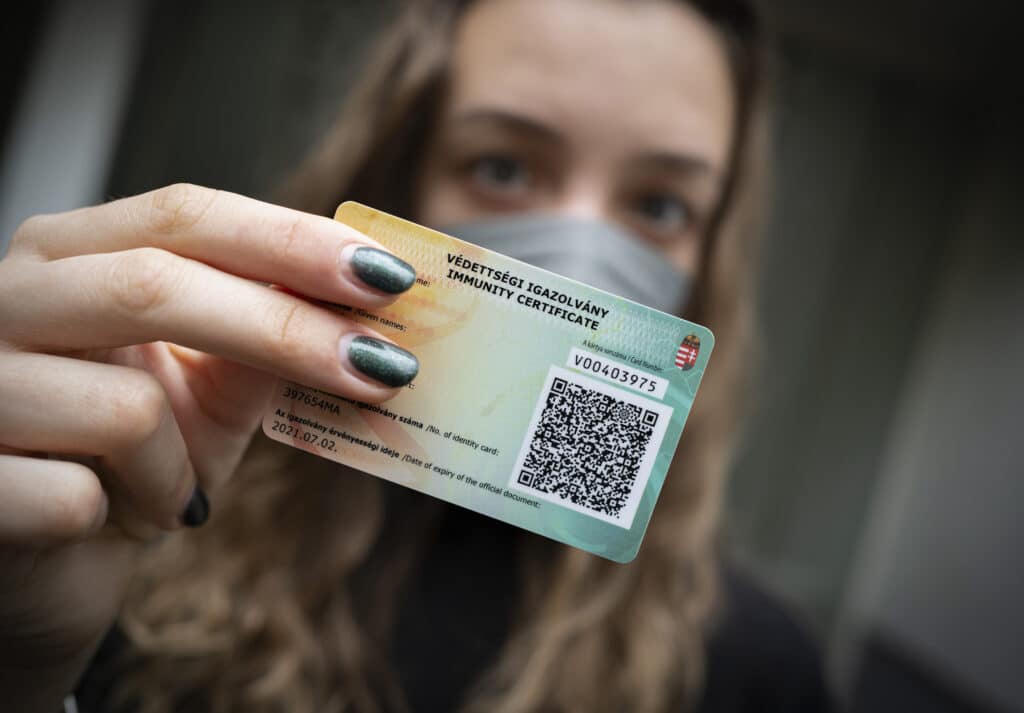
But Hungary’s government has barred journalists from entering medical facilities to report on the pandemic and prohibited medical staff from giving interviews, something journalists say has made it impossible to report on worsening conditions, creating a false picture of the situation’s severity.
Experts and journalists have requested regional and municipal breakdowns of infections, deaths and vaccination rates, along with information from individual hospitals on how many patients are in ICUs and how many have been vaccinated and with which vaccines.
That kind of information could be used to formulate localized responses to outbreaks and determine where vaccination campaigns should focus their attention, said Falus, the immunologist.
“If there had been more data … the responses would have been much more effective,” he said. “We could have known which cities and which counties had particularly virulent infections.”
Hungary’s government defended its data practices, saying in an email that it was “setting an example by communicating on a daily basis epidemiological data.”
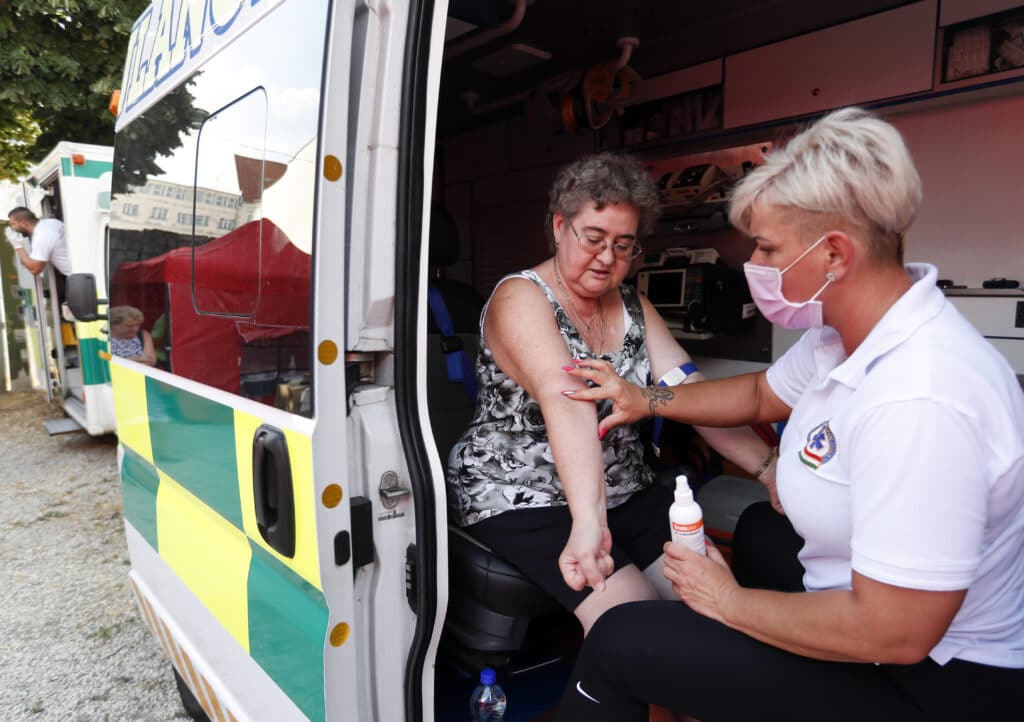
“This is one of the reasons behind the cooperation of the population, successful disease control and the fact that we are the first in the EU in terms of booster vaccination,” a government spokesperson wrote, adding that criticisms of its pandemic response were “politically motivated.”
Yet last month, Hungary’s own National Authority for Data Protection and Freedom of Information asked the government to release infection data at the municipal level to mayors, writing that both local leaders and the public “need to know the figures in order to make informed decisions about how to protect themselves against the pandemic.”
Similar problems were reported earlier in the pandemic in the Czech Republic, where mayors said they lacked details about the numbers of infected people in their communities that harmed mitigation efforts like distributing personal protective equipment.
Those issues were ultimately remedied late last year.

Trust of official statistics also has been a problem in Russia, where some experts have criticized official data on COVID-19 infections and deaths provided by the state coronavirus task force, arguing the reported numbers were likely an undercount.
Data analysts have pointed to inconsistencies in Russia’s virus statistics that they say suggest manipulation. While the task force reported over 9.9 million confirmed COVID-19 cases and 287,180 deaths as of Friday — the highest death toll in Europe so far — a report released last week by the state statistics agency Rosstat put the overall number of virus-linked deaths between April 2020 and October 2021 to over 537,000 — almost twice the official toll.
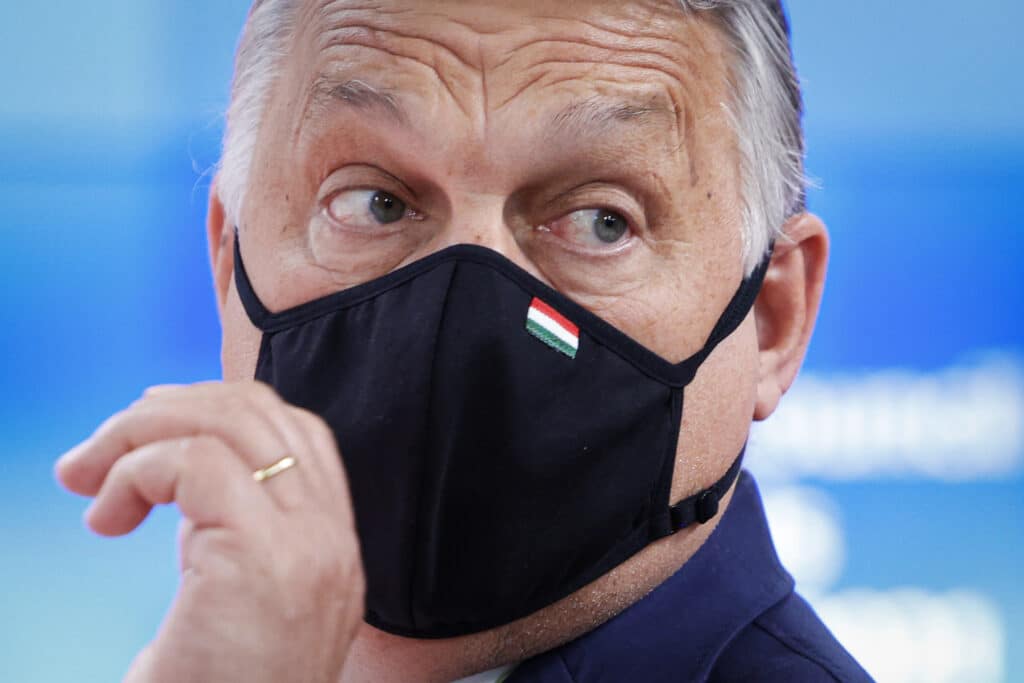
In Hungary, journalists and experts have often taken matters into their own hands in an effort to procure more detailed information, despite efforts by the government to withhold data.
After the government denied a freedom of information request earlier this year, news site 444.hu filed a lawsuit to get detailed figures on daily hospitalizations, deaths, and the number of those treated in hospital ICUs during previous surges.
A court in November ruled that the data had been unlawfully withheld, ordering its release.
Scott Griffen, deputy director of the Austria-based International Press Institute, said that his group “continues to condemn the Hungarian government’s efforts to block media access to information on the pandemic.”
Withholding such data was “fully in line with Orban’s policy of controlling the message, restricting public debate, and hindering the ability of independent media to do their job,” Griffen said.

Hungary’s government has argued that virus testing is an ineffective means of controlling the pandemic, and that only mass vaccination can save lives. It also contends that the country’s high official death rate is the result of broader criteria for attributing deaths to COVID-19.
During comments in Hungary’s parliament this week, an opposition lawmaker asked Orban why the COVID-19 death rate in Hungary was so much higher than some of its neighbors.
“Anyone who says that more people die in Hungary than elsewhere is also saying that our doctors are doing a worse job,” Orban said, “and I will defend them against your accusations.”
By JUSTIN SPIKE
Writers Dasha Litvinova in Moscow and Karel Janicek in Prague, Czech Republic, contributed.






